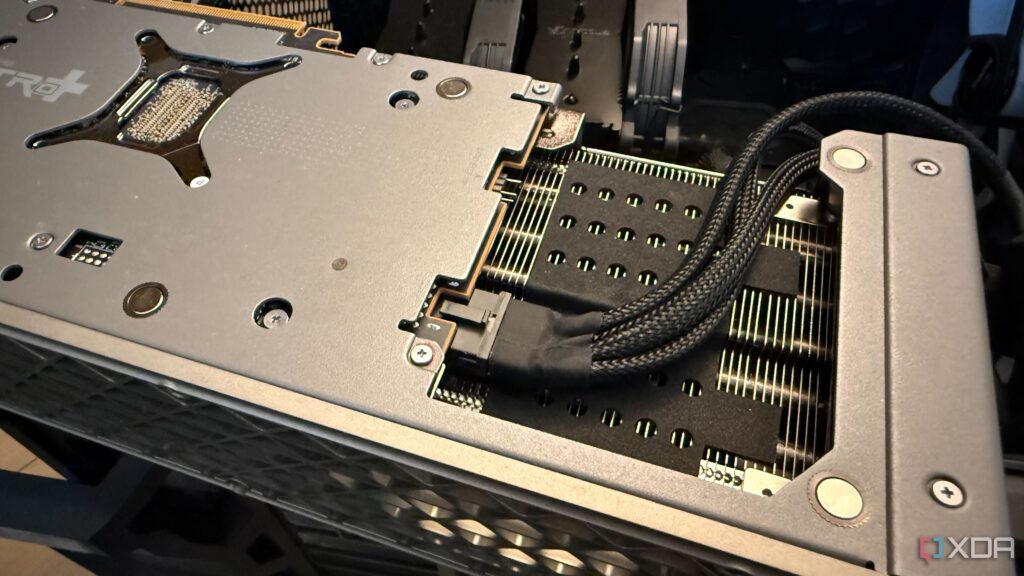
UPDATE: Gamers and tech enthusiasts are experiencing a breakthrough in hardware performance through the process of undervolting, with reports confirming significant gains in efficiency and speed. This technique is becoming increasingly popular as users discover that reducing voltage can actually enhance system performance rather than diminish it.
Undervolting, previously viewed with skepticism, is proving to be a game-changer. By lowering the voltage supplied to a processor or graphics card, users can achieve not only cooler temperatures and quieter operation but also improved performance under load. This is particularly important as modern CPUs and GPUs often operate with excess voltage, leading to wasted power and higher heat output.
The principle is simple: lowering voltage means less heat generated, which allows components like the Radeon RX 9070 XT to sustain higher clock speeds for longer periods. This translates into smoother gaming experiences and consistent frame rates, crucial for competitive play. In tests conducted with Battlefield 6, users have reported maintaining frame rates between 160 and 200 FPS while implementing a modest -80mV offset and reducing the power limit by 10%.
A user shared their experience with the Radeon RX 9070 XT, highlighting how they achieved the same frame rates with lower temperatures and quieter fan speeds. Total board power consumption dropped by over 30 watts, showcasing the efficiency gains from undervolting.
However, not all hardware responds equally. The Ryzen 7 7800X3D showed minimal improvement with a -30mV offset, indicating that some chips, particularly those already optimized for efficiency, may not benefit significantly from undervolting. It emphasizes the variability across different hardware architectures.
As users explore undervolting, experts recommend starting with small adjustments using software tools like MSI Afterburner for GPUs and AMD’s Curve Optimizer for CPUs. This approach allows for testing stability through synthetic benchmarks and real-world games. Each chip’s unique characteristics mean that results can vary widely, making it essential to find the optimal settings for individual setups.
With the gaming community buzzing about these findings, many are eager to share their results and tips online. The potential for improved performance without additional costs or hardware upgrades makes undervolting a hot topic, especially among those facing thermal constraints or seeking to enhance their gaming experiences.
As this trend develops, expect more users to join the undervolting revolution, sharing their success stories and benchmarks across forums and social media. The improvements are not just about numbers; they represent a more enjoyable and efficient gaming experience for enthusiasts worldwide.
Stay tuned as we continue to monitor this growing trend and its impact on gaming performance. The undervolting phenomenon is here, and it’s changing the way we think about power management and performance in modern hardware.





